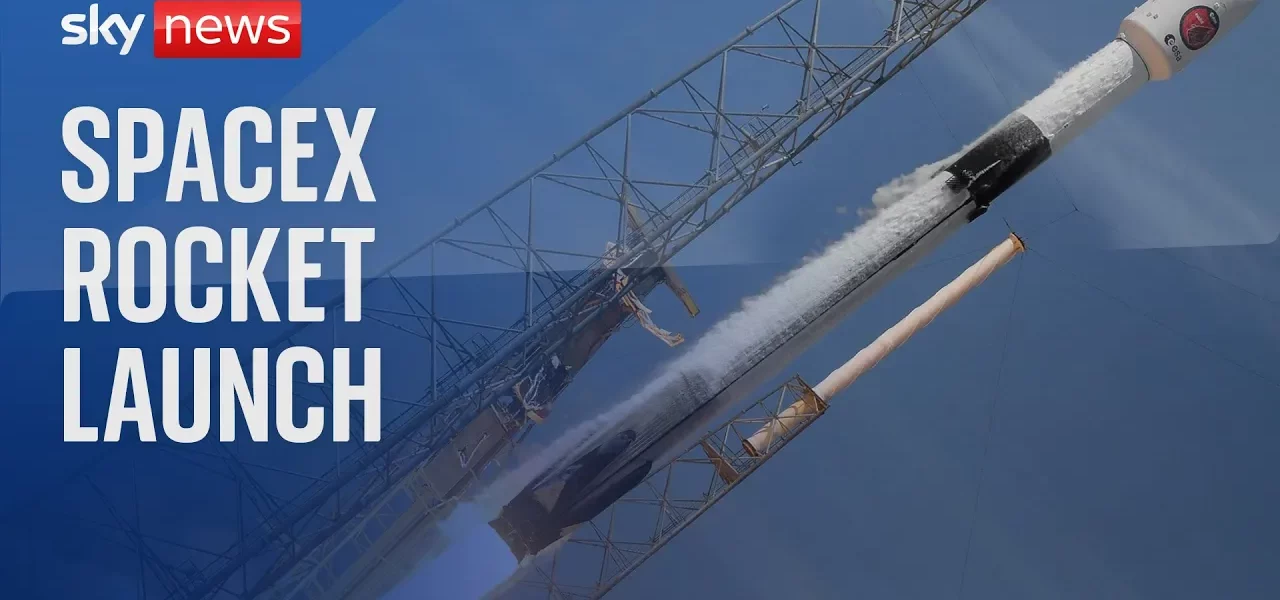SpaceX Falcon 9 Launch: Innovations in Ride-Share Missions

In this article, we delve into the latest SpaceX Falcon 9 launch, exploring its innovative ride-share missions and how these advancements are revolutionizing access to space for small satellite operators.
Introduction
The recent launch of SpaceX’s Falcon 9 rocket has marked a significant milestone in the realm of space technology, especially regarding the growing trend of ride-share missions. As small satellite operators seek more affordable and flexible options to deploy their payloads, SpaceX has taken the lead in providing robust solutions. By leveraging reusable vehicles and offering multiple dedicated flights to sun-synchronous and mid-inclination orbits, SpaceX is shaping the future of satellite launches.
Understanding Ride-Share Missions
Ride-share missions allow multiple payloads from different customers to share a single launch, significantly reducing costs and increasing opportunities for small satellite operators. This innovative approach is changing the landscape of space access.
The Rise of Demand for Ride-Share Missions
The demand for space access has surged in recent years due to the increasing number of small satellite operators looking to launch their payloads. Key factors driving this demand include:
- Cost-effectiveness: Sharing launch costs makes it financially viable for smaller companies.
- Flexible scheduling: With multiple launches planned, operators can select dates that best suit their needs.
- Increased launch frequency: More rideshare opportunities mean more chances to get satellites into orbit.
SpaceX’s Strategy for Ride-Share Missions
SpaceX has positioned itself as a leader in the ride-share market by offering:
- At least three dedicated rideshare flights to sun-synchronous orbits each year.
- The introduction of the Bandwagon Mission series for mid-inclination orbits, catering to a growing customer base.
- Competitive pricing structures that appeal to small satellite operators.
Launch Overview and Process
The launch process of Falcon 9 involves meticulous planning and execution. Here’s an overview of the key stages:
Pre-launch Preparations
Before liftoff, several critical steps occur:
- Completion of propellant loading, including liquid oxygen and rocket fuel.
- Final checks to ensure all systems are operational and ready for flight.
- Ventilation of the transporter erector to prepare for launch.
Liftoff and Ascent
As the countdown reaches zero, the Falcon 9 rocket ignites its engines. Key milestones during ascent include:
- Max Q: The point of maximum aerodynamic pressure.
- Main Engine Cut-Off (MECO): The engines shut down to prepare for stage separation.
- Stage Separation: The first and second stages detach, with the first stage returning for landing.
Recovery of the First Stage
Post-separation, the first stage initiates a flip maneuver and performs a boost-back burn to return to a designated landing zone. This recovery process allows SpaceX to reuse rockets, thus reducing costs.
Post-Launch Developments and Future Opportunities
Following the successful launch of Falcon 9, SpaceX continues to innovate and expand its offerings in the satellite deployment sector.
Future Missions and Innovations
SpaceX plans to enhance its ride-share program further by:
- Increasing the number of flight opportunities.
- Exploring new orbits to accommodate diverse satellite missions.
- Focusing on sustainability through the refurbishment of fairings and boosters.
Impact on Global Satellite Operators
The implications of SpaceX’s ride-share missions are vast for small satellite operators worldwide:
- Greater access to space for emerging companies.
- Enhanced capabilities for remote sensing and data collection.
- Support for innovative solutions in various industries, from telecommunications to environmental monitoring.
Conclusion
The recent Falcon 9 launch illustrates SpaceX’s commitment to making space more accessible through innovative ride-share missions. By reducing costs and increasing opportunities for satellite deployment, SpaceX is leading the charge in revolutionizing the space industry. To stay updated on future launches and ride-share opportunities, visit spacex.com launches. Join us as we continue to explore the universe!
“`




